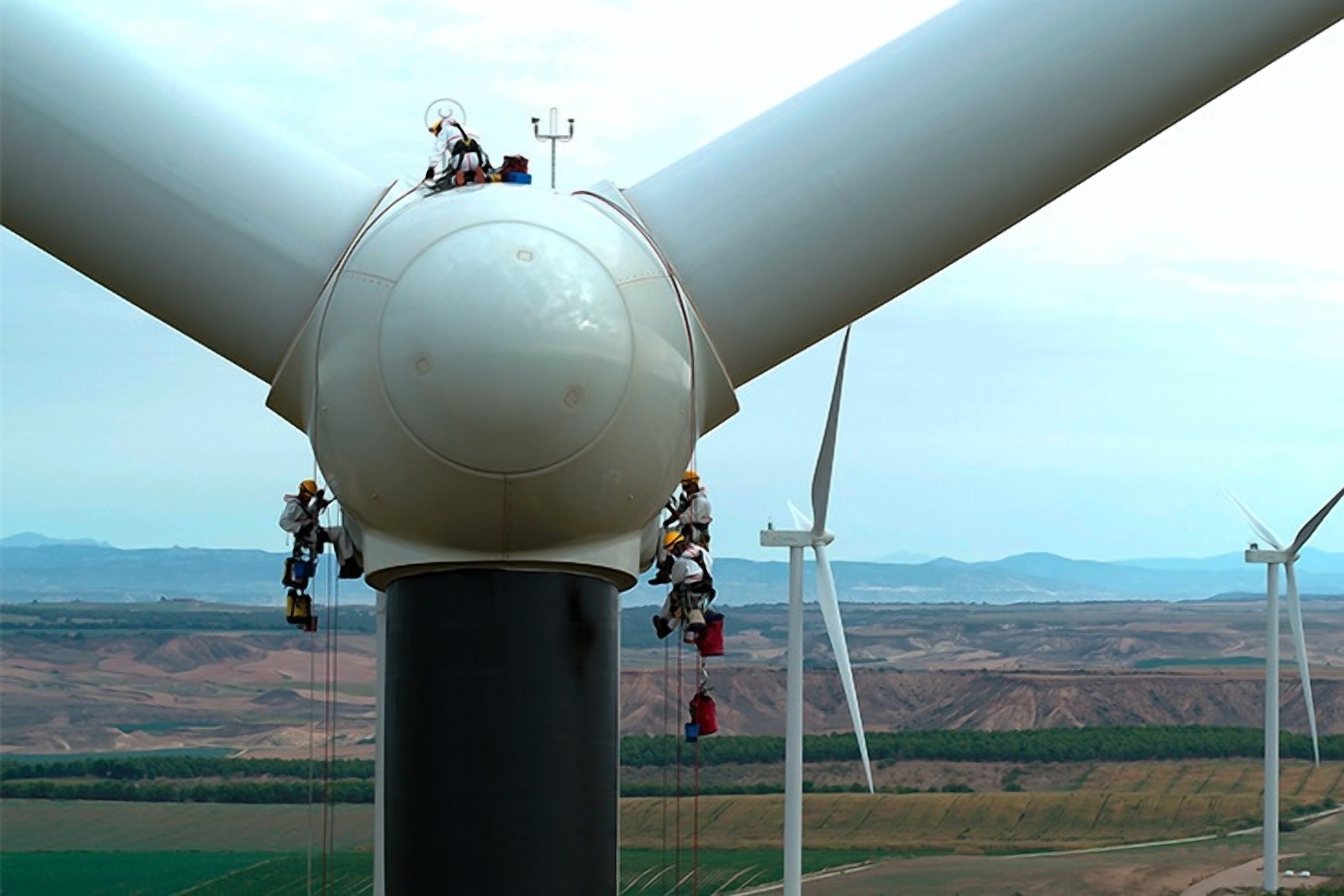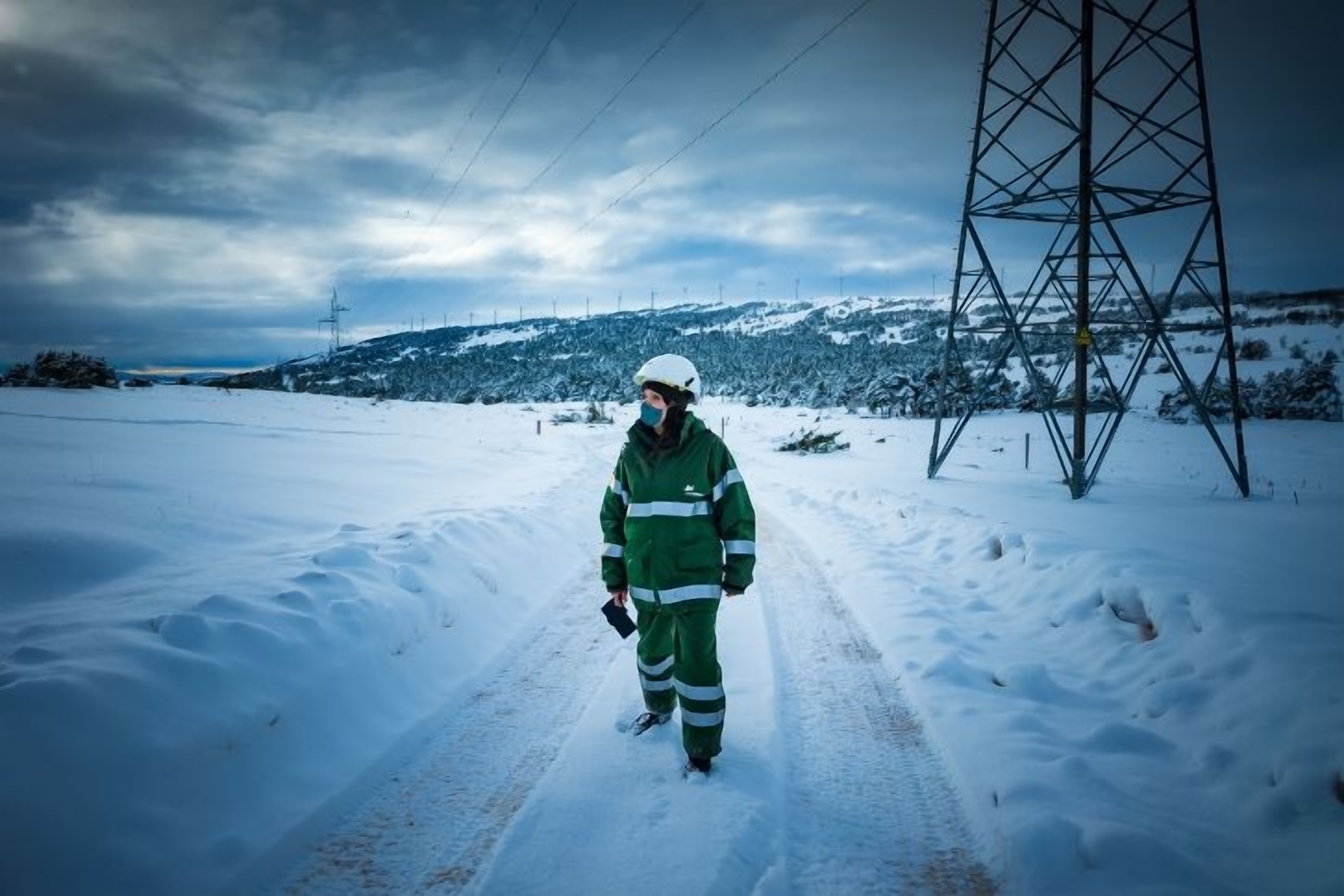4 Reasons The Iberdrola And Trammo Green Ammonia Deal Is Big
Iberdrola SA

By 12 June, the deal had been struck. Both Iberdrola and Trammo reached an agreement in Europe that would change history. By 2026, Iberdrola, a world leader in green energy, will purchase 100,000 tons of green ammonia each year from Trammo, the world's largest trader of ammonia.
They put together a framework that would ensure this agreement would be followed through without problems. It begins with a plant being constructed in southern Europe to produce ammonia, which Europe has agreed to pay for. This construction alone can generate 3,500 local jobs. Once the construction is complete, the project will create even more jobs for daily operations and maintenance.
All in all, it’s a massive win and a big step for clean energy and the development of renewable energy sources, both in moving away from fossil fuel production methods and in tackling carbon emissions. Here is why.
Green Ammonia Process Is 100% Renewable And Carbon-Free
While one plant isn’t going to make as big of an impact, we can rest assured that this plant isn’t going to contribute much carbon dioxide or other greenhouse gases, in the grand scheme of things. That’s because the production process for making ammonia is mostly renewable and carbon-free.
The process itself involves the use of water and nitrogen, which go through a process called Haber-Bosch, or Haber for short, named for Fritz Haber, the German chemist who, perhaps more than any other person, ushered in the Green Revolution that dramatically increased the agricultural production capacity of our planet and, for now, dispelled the fears of Malthusian models of growth and collapse.
The chemical processes are simple. Hydrogen and nitrogen react together at high temperatures to create ammonia. The only wrinkle to this process, though, is that the Haber process often pairs with the steam methane reforming (SMR) process. The SMR process is needed in order to create hydrogen.
The SMR process is the more problematic part, as it consumes a lot of energy and is responsible for around 1.8% of global carbon emissions.
Despite this, a company that is agreeing to purchase this much so quickly does add legitimacy to this whole process, and large scale production experience can speed up research into this area. In fact, producing blue or green hydrogen is a viable short-term option.
Featured Article: Top 3 Companies Valuing ESG In The Paints And Coatings Industry
The Deal Solidifies An Active Transition To Renewable Energy
When it comes to green energy, there are several problems that need to be addressed, one of which is the transition process. Even with great regulation and a push for cleaner energy, we also can’t deny the fact that most countries and companies, our global economy in fact, still rely on fossil fuels. It’s not as simple as forcing a company, let alone an entire country, to go cold turkey and reject fossil fuel tomorrow.
However, as the transition is still underway, green ammonia can serve as a reasonable transition to net-zero emissions that companies are seeking in the coming years. Green ammonia has a lot of very helpful properties that make it viable, such as:
Strong energy storage: You can store it in bulk since it’s a liquid. As long as it’s stored at 10–15 bar or refrigerated at -33°C. Transportation of this liquid is also made via pipes, road tankers, and ships.
Zero-carbon fuel: The fuel itself doesn’t use carbon. As mentioned, it’s literally just water and nitrogen.
Better hydrogen alternative: Getting hydrogen gas right now is difficult and expensive to store. Ammonia, by nature, is cheaper to store and transport. And since ammonia is hydrogen and nitrogen, it’s easier to get purified hydrogen gas from it.
These qualities alone address particular issues revolving around transportation, storage, and the use of them as cleaner energy options become available.
Featured Article: What Gold Companies Are Doing To Become More ESG Compliant
Fewer Fossil Fuels, More Renewable Energy Sources
When a massive company teams up with such a large trader, innovative projects are able to rapidly become viable. In the case of green ammonia, this could very well fill in some portion of the energy crisis that countries face as they transition to cleaner energy. For the longest time, solar and wind energy have been good on paper but not always the best in practice.
There are places that don’t get a lot of sun, and the same can be said for wind as well. To abandon fossil fuels and offer limiting solutions like that is discouraging. Having at least a viable alternative like green ammonia makes transitioning easier for countries that are not able to get much wind and/or sun.
Green Ammonia Can Also Be Used For Other Things
Beyond energy, green ammonia also has other applications. Iberdrola has been using this technology for over a year at this point, and not only can they scale their operations to cover the higher input of green ammonia from this deal, but they can also centralise themselves in other industries.
Green ammonia could be used to decarbonise other existing applications, such as fertiliser production and the chemical industry. For sure, the implications for how we produce ammonia and other organic compounds to at least 'tighten the loop', if not yet close it, on large quantities of agricultural fertilisers, is the key obvious use.
However, beyond that, there is a large market growth as new uses for this product are discovered all the time, such as using it for marine fuel or as green hydrogen fuel for carriers. This only creates further income streams that Iberdrola will enjoy as well as any other companies that wish to switch to cleaner energy and fuel and monetise it.
Featured Article: How ESG Is Crucial To Saving The Mining Industry
A Sign For Progress On Carbon Dioxide?
The deal as it stands will take a few years, but overall, this shows an incredible amount of promise. This deal will begin to shift conversations about alternative energy and possibly fuel alternatives as we discover more about green ammonia and Iberdrola receives results from consumers and from more development.
All in all, it could be one piece of the puzzle to finally shift away from fossil fuels and embrace better sources of energy. Certainly, solar power, wind power and even nuclear energy will continue to play key roles to provide electricity and meet our overall energy needs, but the public discourse is too often one-sided in equating "renewable energy sources" with our domestic energy source requirements.
Takeaway
The greater (and more unseen) story is in how the massive, deeply embedded industrial, transport, and agricultural technologies that power our global economy can be immediately shifted to the renewable energies side of the spectrum, to mitigate air pollution, electrify the future, and create negative environmental impacts.
That shift will take improvement at scale in generating hydrogen, both in chemical reactions for the organic compound manufacturing required for Big Ag as much as for the water electrolysis required to develop hydrogen as a viable, large-scale electricity generation source.
Hopefully the Iberdrola/Trammo deal will set a healthy precedent for the development needed to fuel such a paradigm shift.
Bookmark our Company ESG Profiles to keep track of ESG Ratings and published reports from a huge listing of global firms.






